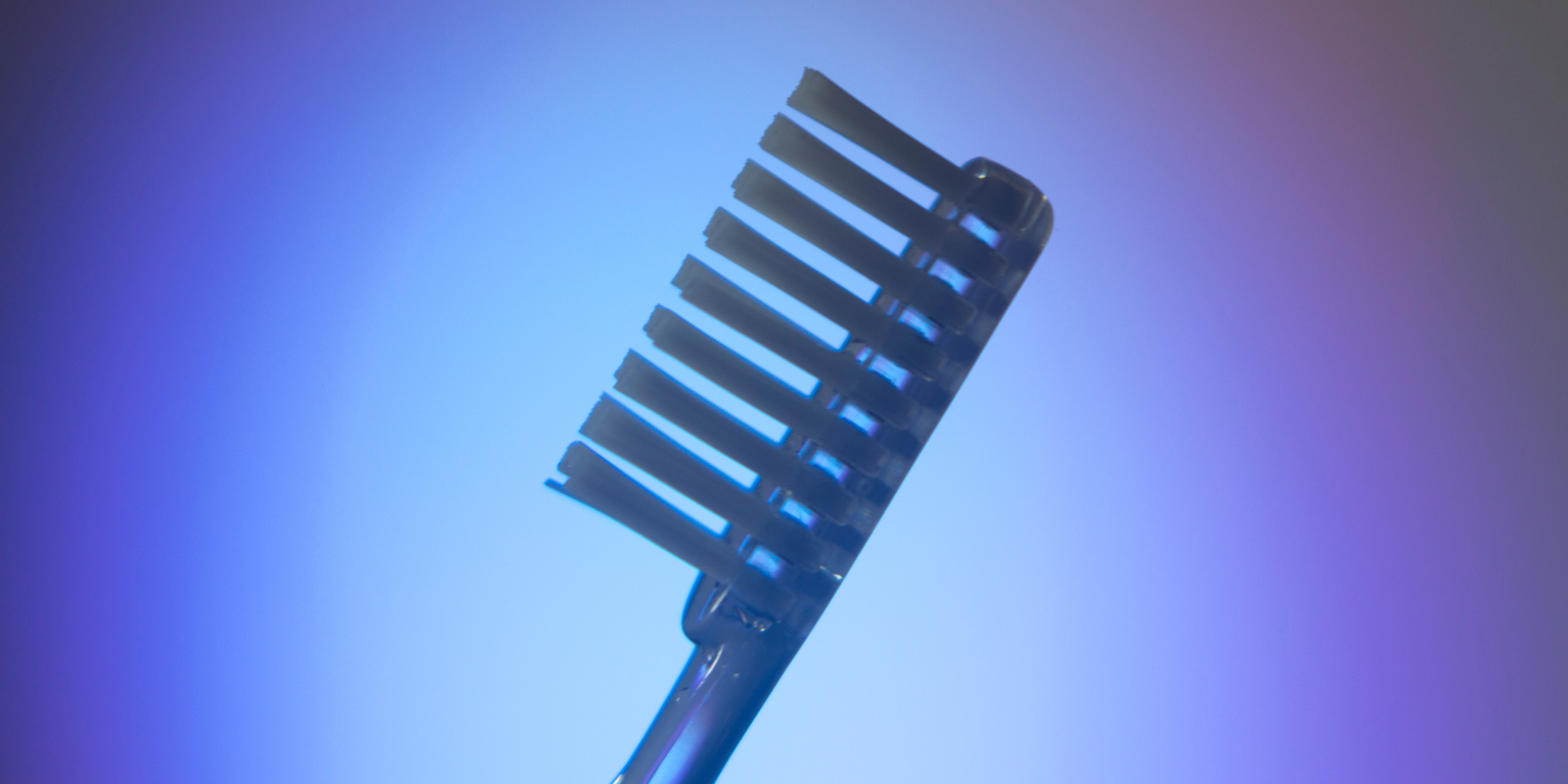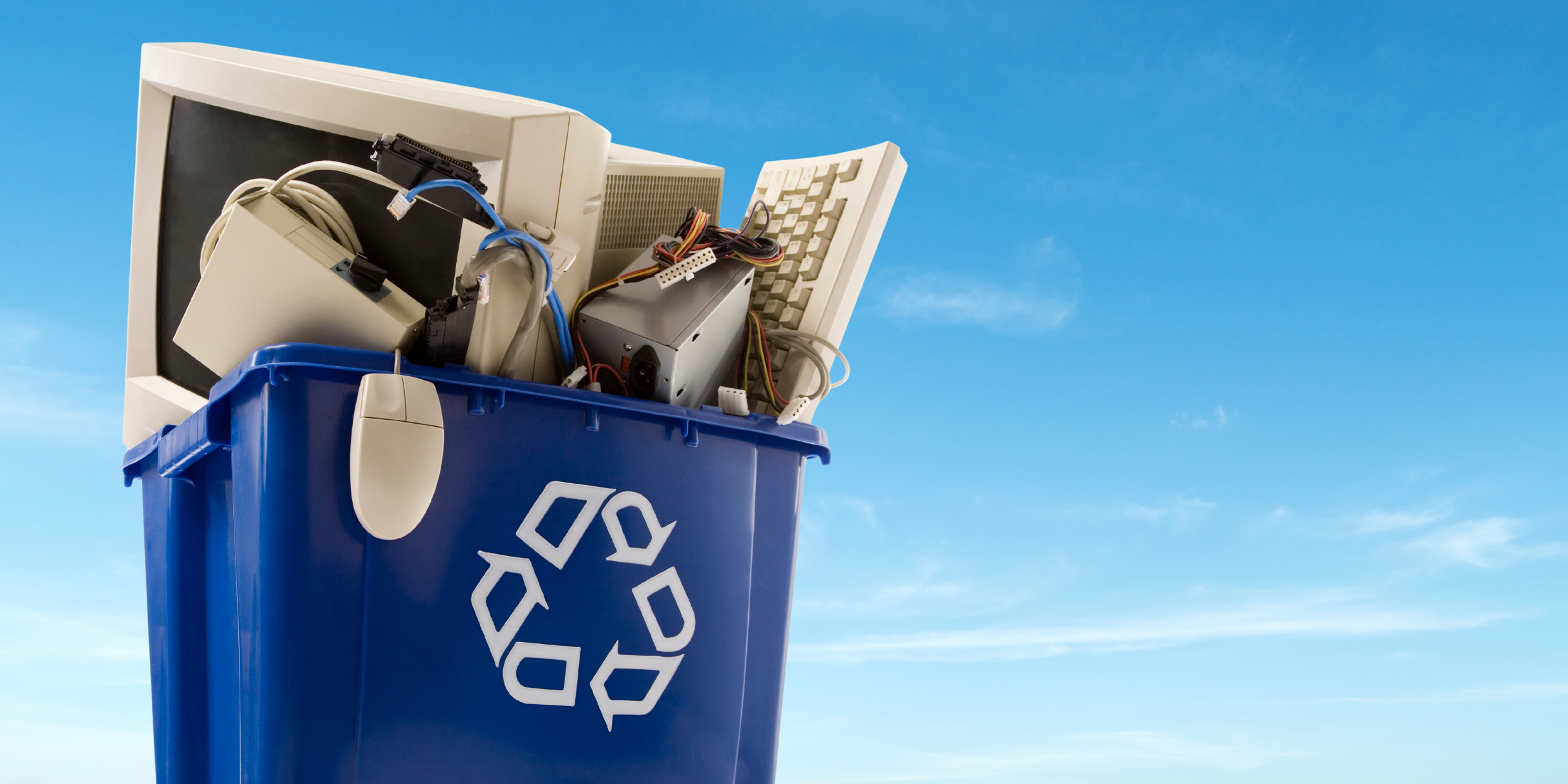When most people think about eco-friendly toothbrushes, they focus on the handle—often switching from plastic to bamboo. But what about the toothbrush bristles? Bristles make a big difference in how well your toothbrush works, how long it lasts, and whether it ends up polluting the planet.
In this guide, we’ll explore the different types of toothbrush bristles, how they’re made, their effectiveness, and what happens to them at the end of their life. By understanding these details, you’ll be able to make a smarter choice for both your oral health and the environment.
Types of Toothbrush Bristles
Toothbrush bristles come in a variety of materials, and each one has its own pros and cons when it comes to performance, durability, and eco-friendliness. Choosing the right bristle is important for selecting a brush that is effective for oral hygiene long term. Let’s break down the most common options you’ll find on the market today.
1. Classic Nylon
Nylon has been the go-to material for toothbrush bristles since it was first introduced in the 1930s. It’s affordable, durable, and effective—which explains why it’s still the most popular choice worldwide. However, this convenience comes at a cost to the planet.

- Material & Production: Made from petroleum-based plastic, using non-renewable resources with a high carbon footprint.
- Performance: Effective for cleaning, lasts 2–3 months.
- End-of-Life: Not recyclable or compostable—most end up in landfills or oceans.
- Maybe Tested On Animals: The bristles are vegan but often produced by large corporations who may test their products on animals.
- Popularity: Still the most widely used bristle material worldwide.
2. Bio-Based Nylon (Plant-Derived)
As eco-consciousness grows, manufacturers have begun exploring alternatives to traditional nylon. One of the most promising options is bio-based nylon, derived from renewable plant sources.

- Material & Production: Derived from castor bean oil—a renewable resource. Used by brands like MABLE.
- Performance: Similar strength and durability as classic nylon, lasts over 3 months.
- End-of-Life: Not compostable, but more sustainable in raw material sourcing, with a lower carbon footprint.
- Growing in popularity with eco-friendly toothbrush brands, especially in the U.S. and Europe.
3. PLA or Bio-Plastic Bristles
PLA (polylactic acid) bristles are marketed as a greener alternative because they’re made from plants like corn or sugarcane. On paper, they sound like a great option—but their performance tells a different story.

- Material & Production: Made from corn or sugarcane starch.
- Performance: Weak performance—bristles wear down within 5–7 days, compared with Bio-based nylon which is over 3 months.
- End-of-Life: Only industrially compostable (not in home compost bins).
- Rarely used due to poor durability.
4. Animal Hair (e.g., Boar or Pig Bristles)
Before nylon was invented, natural animal hair was the standard material for toothbrushes. While still available today in some niche markets, they raise both ethical and hygienic concerns.

- Material & Production: Natural animal hair, often referred to as boar bristles.
- Performance: Softer than nylon but less hygienic (porous structure can trap bacteria).
- End-of-Life: Biodegradable.
- Ethical Considerations: Not vegan or cruelty-free.
5. Raw Plant Fibers (Sisal, Miswak, etc.)
Some traditional brushing methods still rely on raw plant fibers. These natural options are biodegradable and chemical-free, but they don’t always provide the same cleaning effectiveness as modern bristles.

- Sisal Fibers: Too stiff, can damage gums. Not suitable for safe everyday brushing.
- Miswak Sticks: Natural chewing sticks used for centuries. Fully compostable, but not as soft or effective as modern bristles. Often wrapped in plastic packaging.
Toothbrush Bristle Comparison Table
This table summarizes the key factors to help you compare bristle types at a glance.

Manufacturing & Production Insights
The sustainability of toothbrush bristles isn’t just about what they’re made from—it’s also about how they’re produced, whether for manual toothbrushes or electric toothbrush heads. Each material comes with a different environmental cost:
- Nylon bristles: Industrial-scale production, fossil fuel-based, energy-intensive.
- Bio-based nylon: Lower carbon footprint than classic nylon due to plant based raw material, but still not biodegradable.
- PLA bristles: Sourced from plants, but require special industrial facilities for composting, which are not widely available.
- Animal hair bristles: Minimal processing, but limited in scale and performance.
- Plant fibers: Minimal processing, but not refined for modern oral care standards.
Eco Takeaway: The most practical balance between sustainability and performance today is bio-based nylon bristles.
Effectiveness & Performance
When choosing a toothbrush, performance is just as important as sustainability. After all, a toothbrush that doesn’t clean properly can harm your oral health.
- Classic Nylon & Bio-Based Nylon → Best brushing quality, comfortable, long lifespan. Available in soft bristle strength, the recommended choice by dentists.
- PLA Bristles → Not durable, unsuitable for daily use. A well-intentioned but impractical option.
- Animal Hair → Softer but less hygienic due to its porous nature, which can harbor bacteria. Shorter life span.
- Raw Plant Fibers → Natural but not gum-friendly. Can be too abrasive for enamel and too firm for sensitive gums. Not recommended by dentists.
Popularity by Market
Different regions and communities value toothbrush materials differently based on accessibility, cost, culture, and environmental awareness.

Urban vs. Rural/Traditional Preferences
In modern, eco-conscious urban centers, consumers are driving demand for sustainable products. Here, the most popular choice is a bamboo toothbrush handle paired with bio-based nylon bristles, offering a strong balance of performance and reduced environmental impact.
In rural or more traditional markets, choices are often dictated by availability, lower cost, and long-standing habits. Classic nylon bristles remain dominant due to their low cost and wide availability across the world. In the Middle East, Africa, and the Indian subcontinent, where the Salvadora persica tree grows the Miswak sticks are more commonly used in rural communities due to the trees availability, reflecting cultural practices and local access to resources.
Toothbrush Bristle Preferences in the U.S. Market
The following pie chart provides a simplified overview of the U.S. market's preferences, highlighting the dominance of classic nylon and the growing niche for eco-friendly alternatives.

End-of-Life: What Happens to Toothbrush Bristles?
What happens to your toothbrush after you’re done with it is just as important as how it performs. Unfortunately, most bristles don’t have a clear end-of-life solution.

-
Nylon & Bio-Based Nylon Bristles:
Not recyclable through standard municipal programs and not compostable. They almost always end up in landfills or incinerators. Some brands now offer take-back programs for specialized recycling, and while nylon can technically be recycled at certain facilities, the small size of the filaments often prevents it—meaning they may not be recovered or, worse, end up in the environment. That’s why we recommend placing nylon or plant-based nylon bristles in the regular trash. -
PLA Bristles:
Are technically compostable, but only in industrial composting facilities that control temperature and humidity. They will not break down in a home compost or a landfill. -
Animal Hair & Plant Fibers:
The clear winners here if biodegradability is your number one concern. These materials are fully biodegradable under normal conditions, returning to the earth without leaving behind microplastics.
Other Things to Consider
Bristle type is important, but it’s not the only factor that affects your toothbrush’s impact and effectiveness.

-
Oral Health:
Dentists recommend replacing any toothbrush every 3 months, or sooner if the bristles become frayed or if you have been sick. -
Maintenance:
Rinse your toothbrush well after each use and let it air dry upright to extend its lifespan and prevent bacterial growth. -
Innovation Trends:
The field is always evolving, with research into softer, more effective plant fibers and truly compostable materials that don't sacrifice performance. -
Price & Accessibility:
Classic nylon and bio-based nylon are the most affordable and widely available effective options.
Final Thoughts / Takeaways
When it comes to toothbrush bristles, no material is perfect—but some are significantly better for the planet than others without compromising on cleanliness.
- Best Balance: For performance & eco-responsibility, bio-based nylon (like MABLE’s bristles) is the current winner.
- Fully Natural: Miswak sticks or boar bristles are biodegradable but come with trade-offs in effectiveness, hygiene, and ethics.
- Avoid: PLA bristles are too short-lived to be practical, and classic nylon is derived from non-renewable, polluting resources.
For the eco-conscious consumer, choosing a toothbrush with bio-based nylon bristles is the most practical and effective step toward reducing your plastic footprint—and keeping your smile bright and healthy.






Share:
Gleem Rechargeable Toothbrush Review: Affordable Power for a Healthier Smile
Positive Environmental Initiatives in Oral Care – Tackling Everyday Plastics and Unsustainable Materials